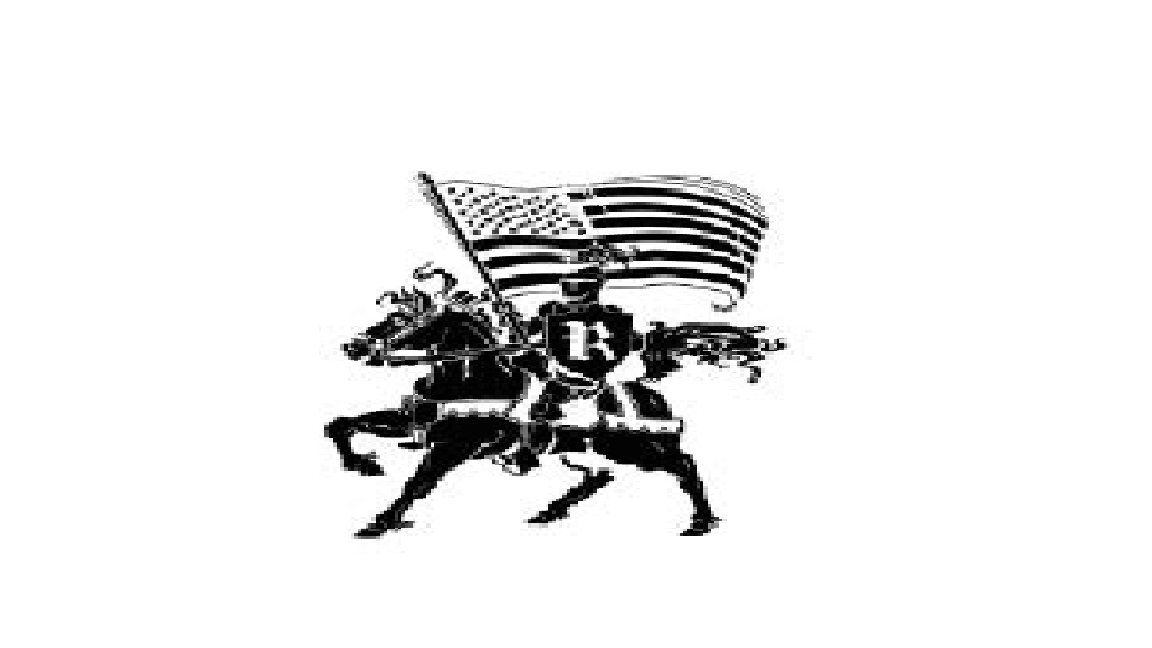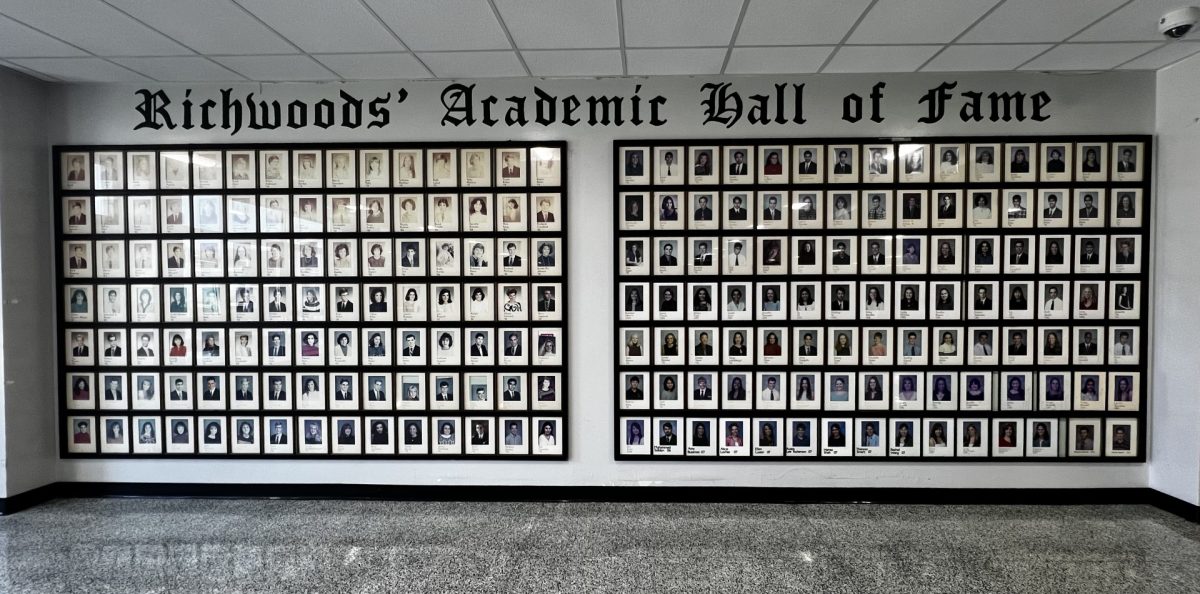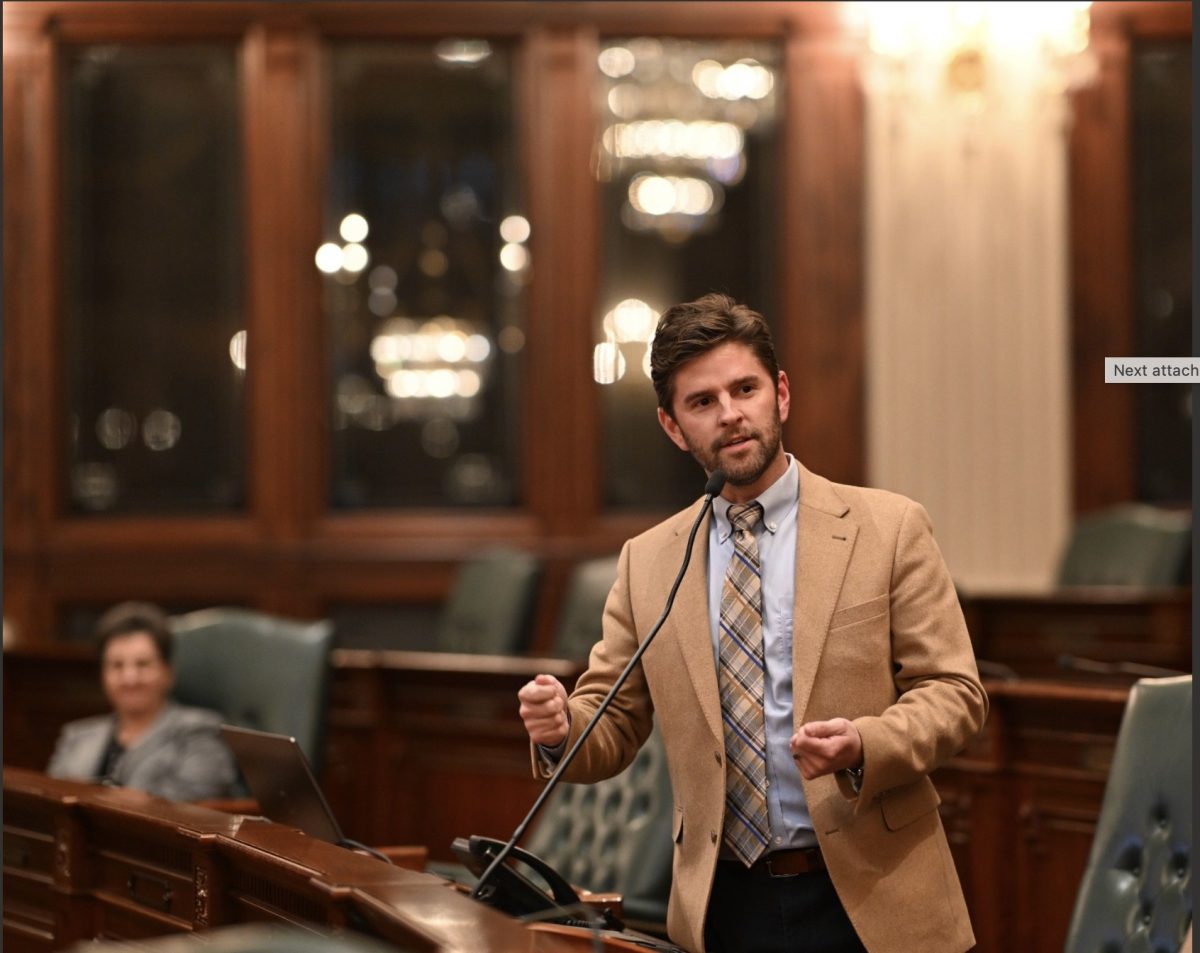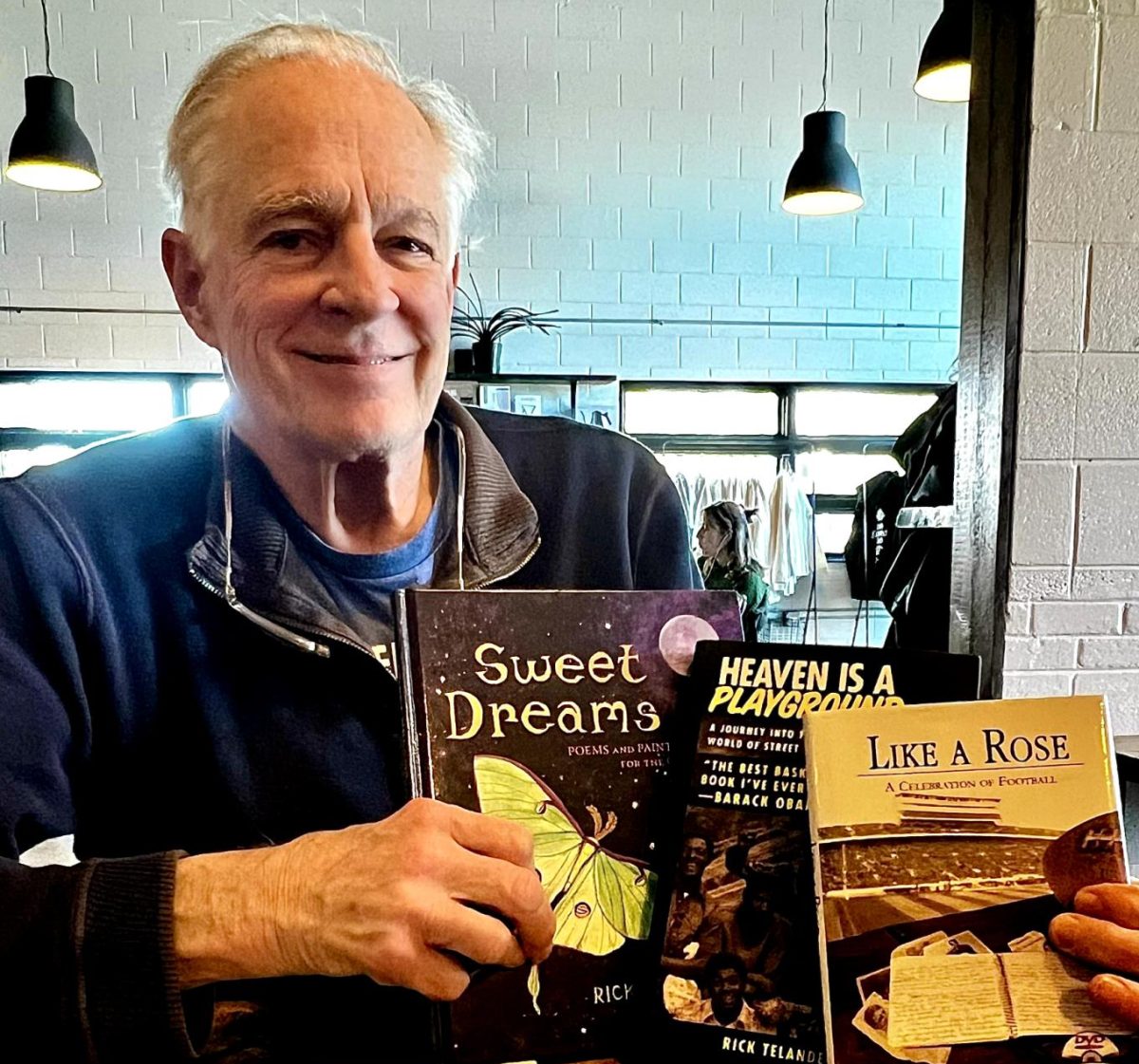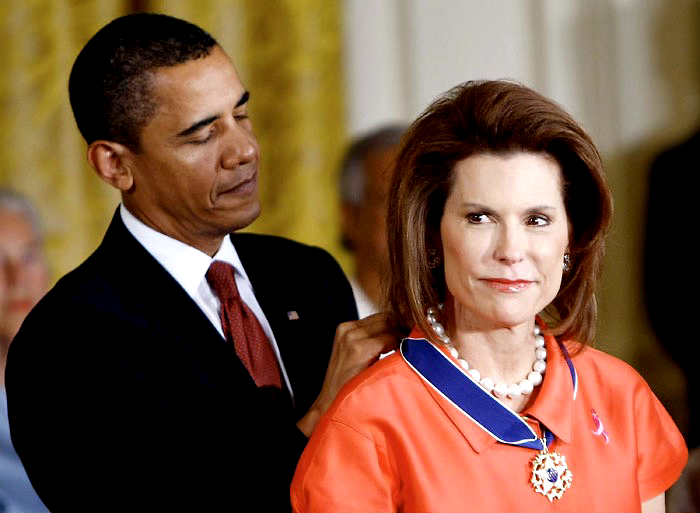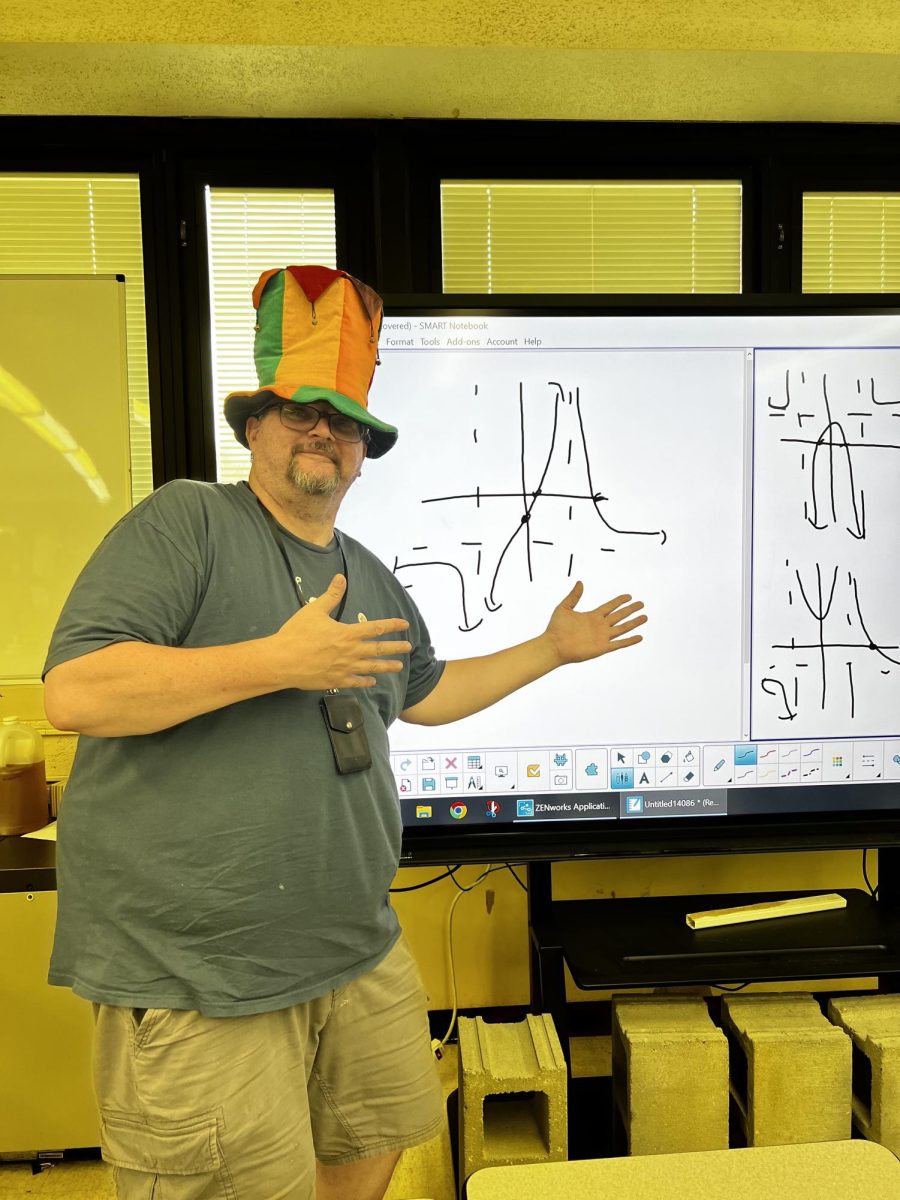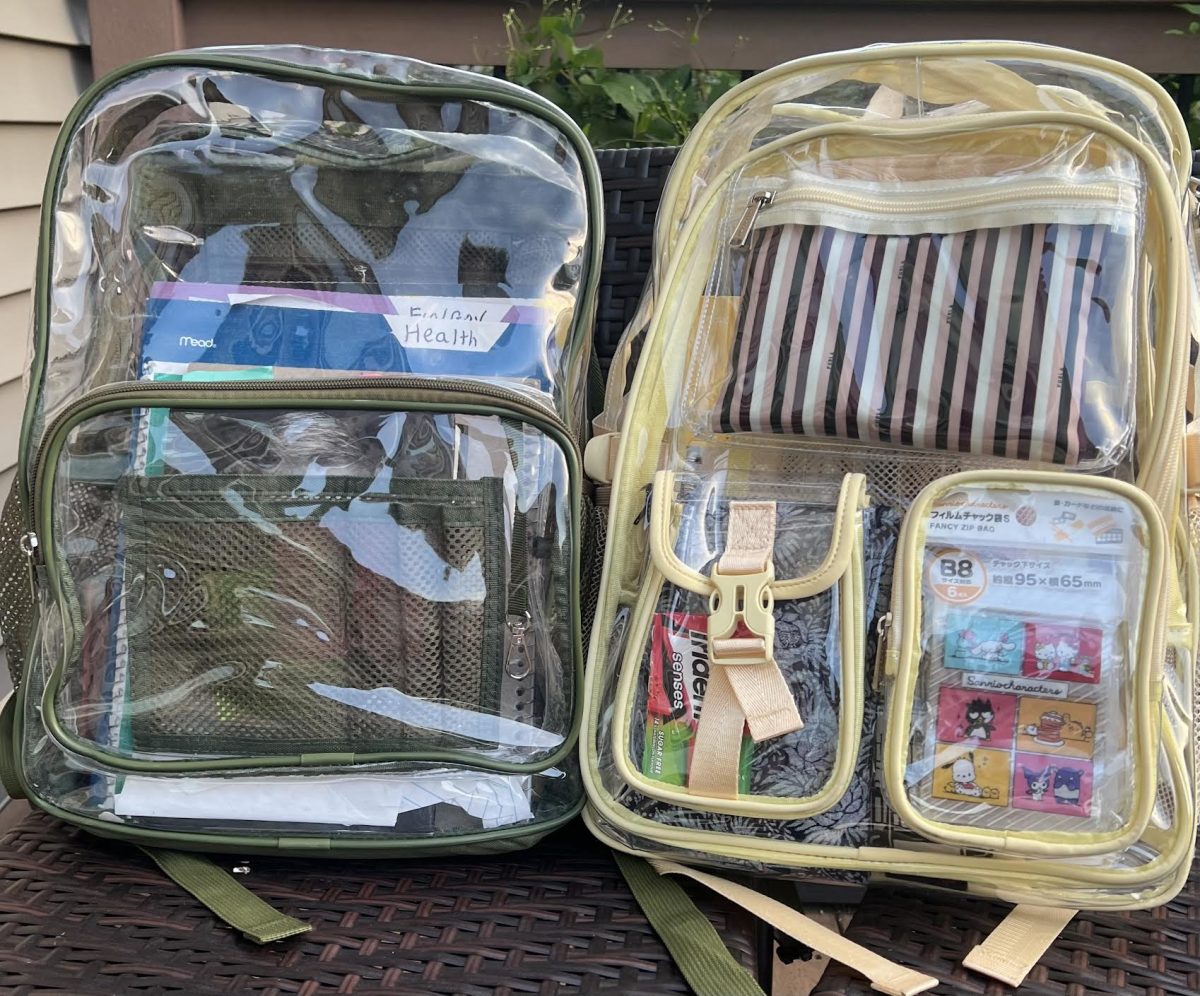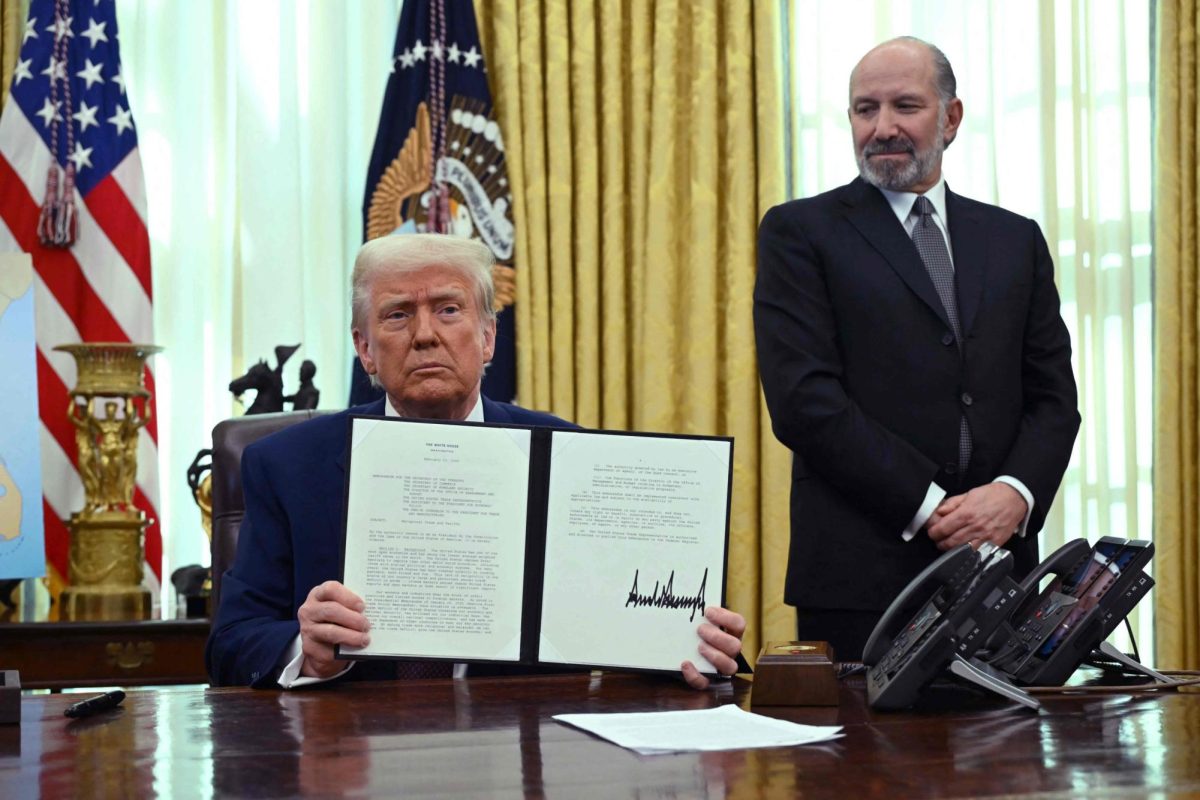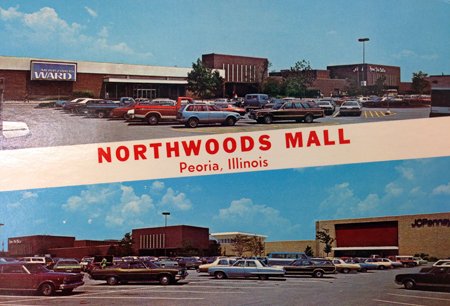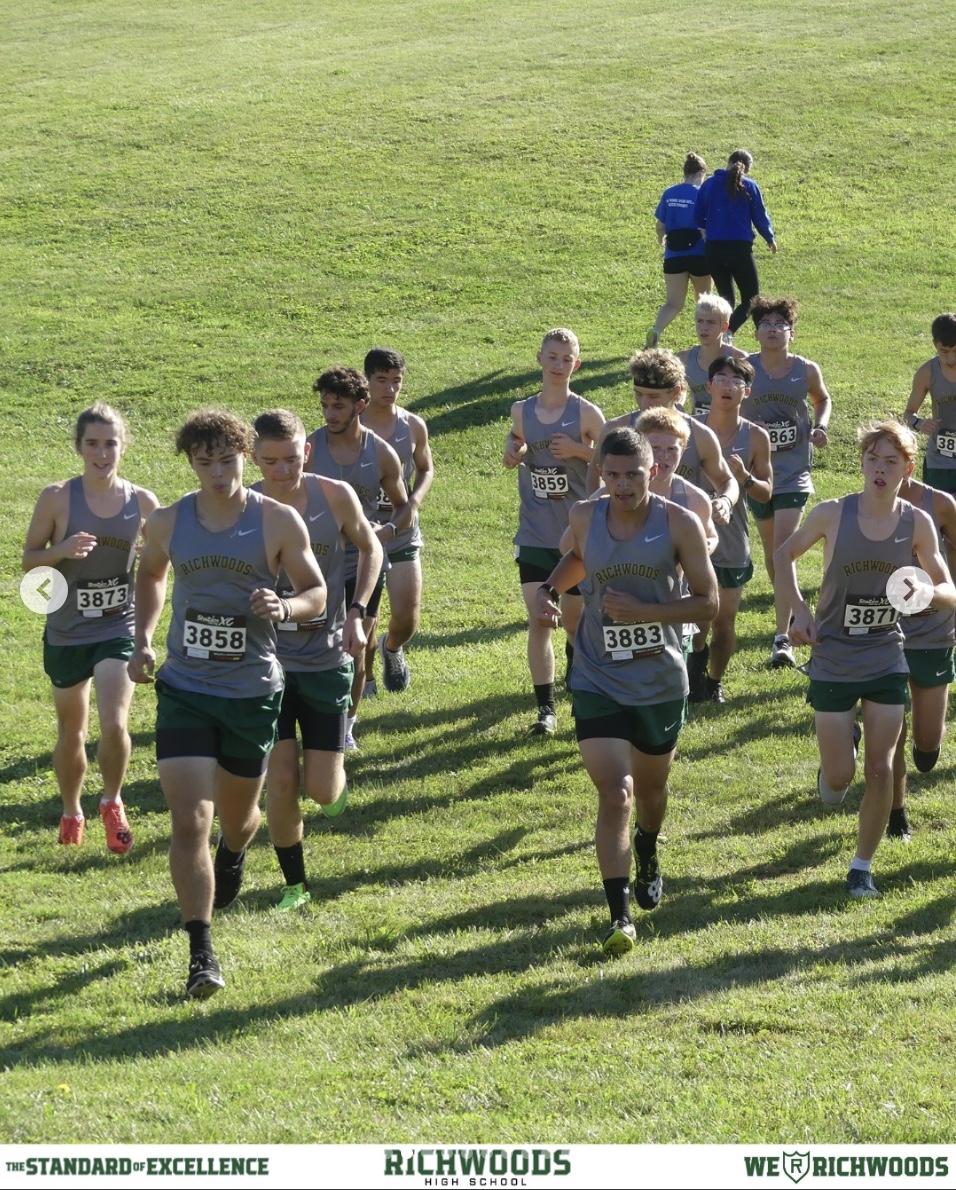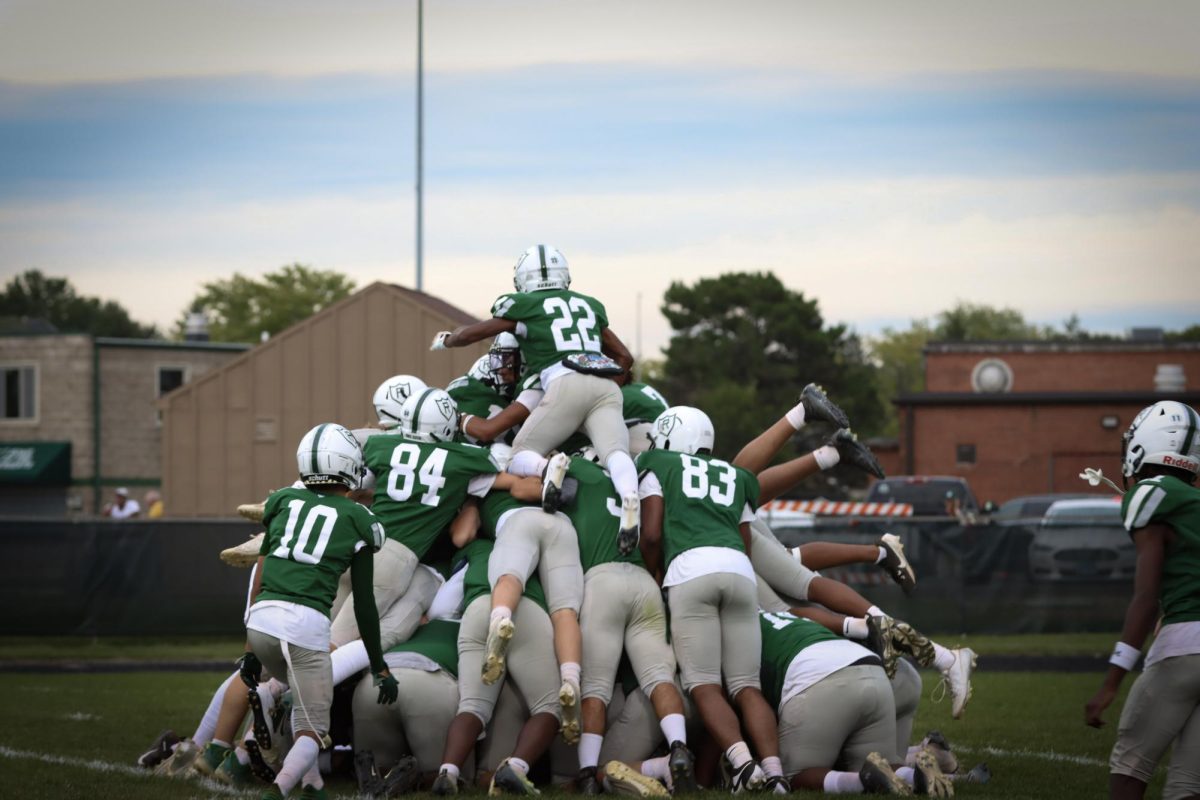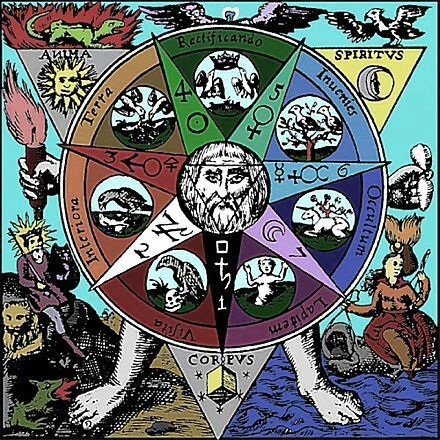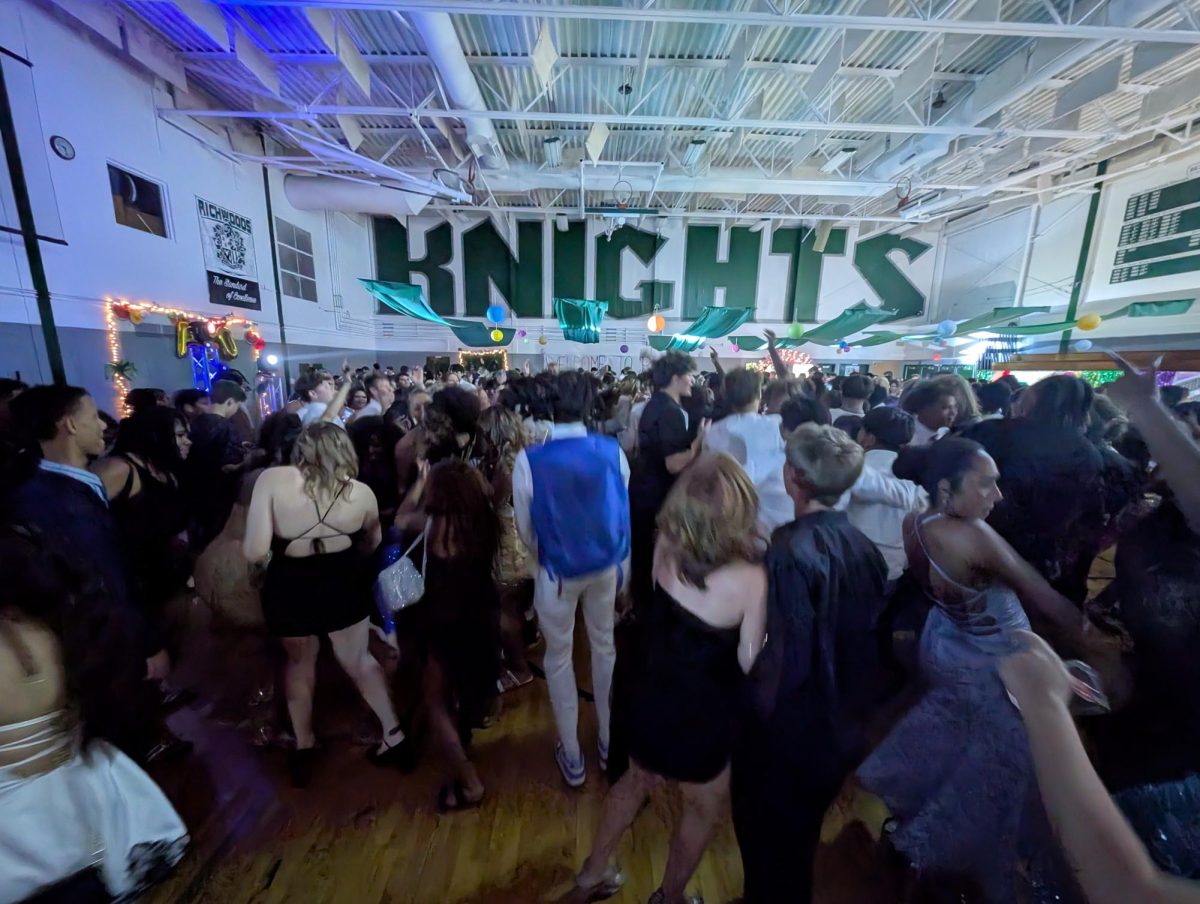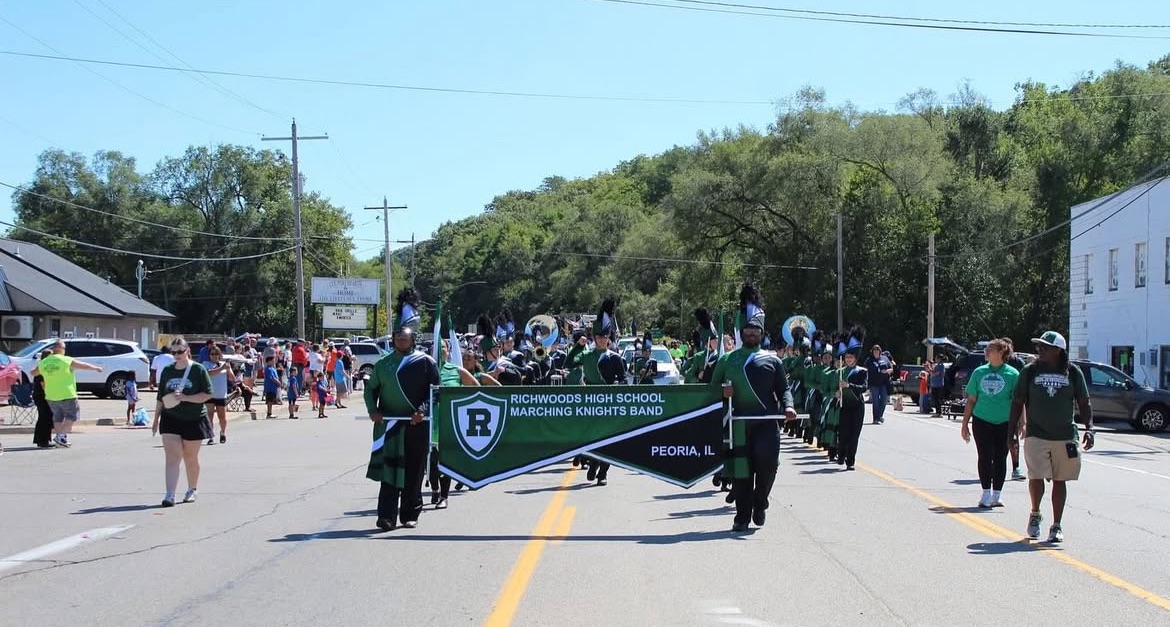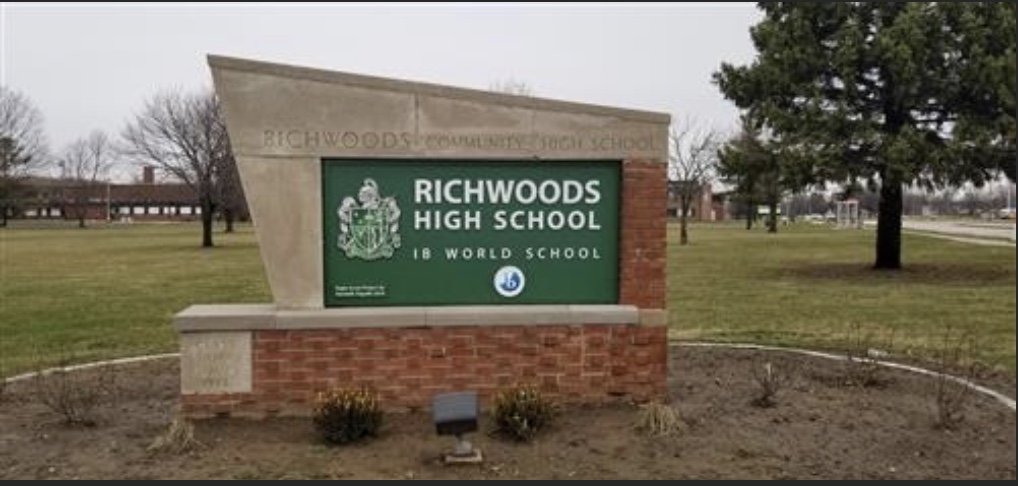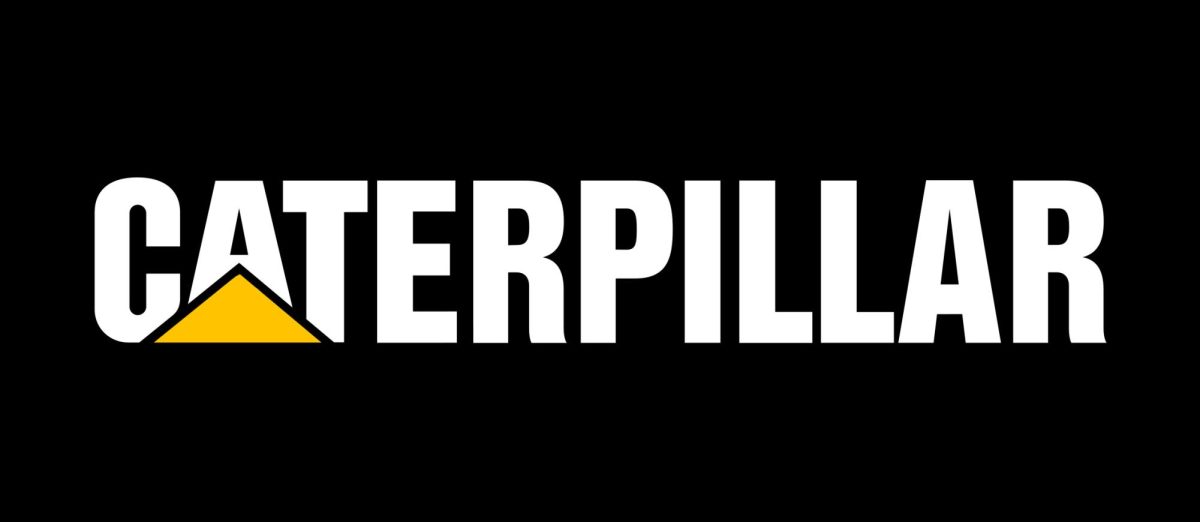Located in the heart of downtown Peoria, the Riverfront Museum has provided exceptional experiences of multidisciplinary enrichment to the residents of our city. Hosting programs and exhibits across science, history, art, and achievement, this institution is one of a kind. As a proud Education Guide at the museum, I have been granted the immense privilege of touring numerous traveling and permanent exhibitions that we have the pleasure of hosting. Our current fine art gallery, ‘Solitude: The Necessity of Art,’ opened on November 1, 2024 and has since engraved a special place in my heart. Deemed to be the “only exhibition to highlight nearly 175 years of American Art in the examination of ideas and perspectives of solitude,” this daring collection was made possible through our collaborative relationship with the ArtBridges Foundation. The brainchild of Alice Walton (daughter of Sam Walton and heir to his Walmart fortune), ArtBridges supports museums of varying sizes in their respective missions to spark community engagement with the art world. Below, I have taken the liberty of providing a comprehensive look at my favorite piece, ‘Return of the Useless,’ in this beloved and groundbreaking exhibit.
‘Return of The Useless’ (1918) by George Bellows
George Bellows, considered a member of the Ashcan School of Art, was well known for illuminating the day-to-day lives of immigrant communities throughout New York in the early 20th century. Featured in his “War” series of roughly 20 lithographs, five large oil paintings and 30 related drawings – representing a visual account of WWI–are said to have not been based in truth. ‘Return of the Useless’ depicts the atrocities of the First World War (beginning in 1914) from Bellows’ perspective. His piece showcases Belgian civilians who had been imprisoned in German forced labor camps and were returned due to disabilities and injuries rendering them “unfit” to work. The painting is based on various reports first published by the Belgian, then the French, and ultimately the English in May of 1915 entitled ‘The Bryce Report.” Read across the world and garnering major popularity in the U.S., the document was put forth as wholly factual, while the truth remained much more complex. The Bryce Report perpetuated the widely held opinion that the U.S. shouldn’t be involved in the war effort. Bellows was initially opposed to the war, but by 1917, once made aware of such atrocities, his perspective shifted to the extent of him volunteering for military service that same year. Bellows’ work largely emerged from his imagination (not witnessed events) through which he created a “staged representation” of the horrors of the war for an explicitly American audience.
When observing his piece, you notice a German soldier on the left in the midst of physically striking a woman with his rifle. A man, clearly in a dire state himself, intervenes – possibly alluding to some code of chivalry persisting through hardship. The soldier on the right positions the butt of his rifle on the body of a figure lying hopelessly on the ground. A young girl, pictured towards the center of the painting, appears to be shielding her eyes from the brutality before her. Another man, slightly hidden in a shadow, also covers his eyes, refusing to confront such circumstances. The red train in the backdrop may also symbolize the bloody wounds of war. Bellows’ art was transformed for a political purpose – directly contributing to the war effort as a piece of his in this same collection, ‘Gott Strafe England,’ appeared in an ad for liberty bonds in September of 1918.
If this insider’s look piqued your interest, please come visit this exhibit at the Riverfront Museum! ‘Return of the Useless,’ amongst other works (including both a Grant Wood and Andy Warhol painting), will be on display through the fall. Furthermore, we are currently installing the “World’s Largest Dinosaurs” exhibit in our Experience Galleries. Plan a visit this summer to trek through prehistoric terrains and meet some colossally large friends!

